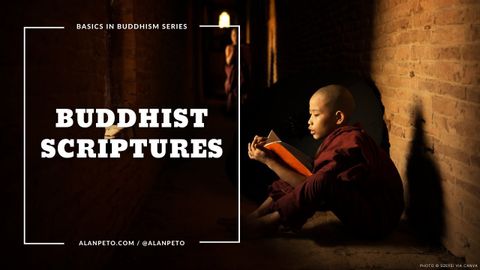
字幕與單字
佛法在一分一秒中。 新人佛經 (Buddhism in a Minute: Buddhist Scriptures for Newbies)
00
蝦米 發佈於 2021 年 01 月 14 日收藏
影片單字
call
US /kɔl/
・
UK /kɔ:l/
- n.呼喚;召喚;叫聲;判定;判決;拜訪;短時間逗留;(裁判的)判決
- v.t./i.罷工;拜訪某人;拜訪某地;打電話;叫喊;大叫;大喊
- v.i.叫喊;呼叫
- v.t.舉行選舉;召集會議;判決;稱為;叫作;判定
A1 初級初級英檢
更多 使用能量
解鎖所有單字
解鎖發音、解釋及篩選功能
